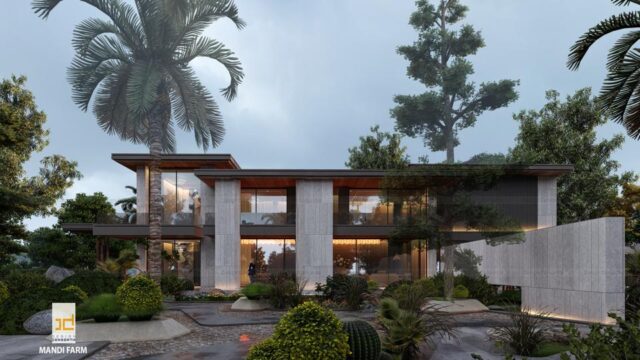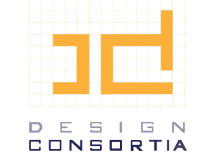Exploring the Potential of Facade Design: The Power of Architectural Exteriors

The facade of a building holds immense potential in influencing our perception of built structures. Beyond its functional need of providing protection, the design of a building’s exterior can shape its identity and make a powerful statement while also promoting innovation with material. In this article, Ar. Sumit Malik, Founder Partner at Design Consortia, elaborates on the remarkable power of facades, highlighting their impact on architectural aesthetics and the overall urban landscape.
Reimagining the Visual Identity
The potential of facade design lies in its ability to redefine the visual identity of a building. By introducing innovative techniques and pushing the boundaries of architectural expression, facades can uplift entire neighbourhoods creating a sense of vibrancy and cultural richness. Cladding materials- such as glass, metal, or sustainable alternatives, can lend a modern and timeless appeal, evoking a specific era or architectural style. Integrating iconic forms or patterns can further enhance the visual impact, creating a unique impression.

Enhancing Energy Efficiency
Facades present an excellent opportunity to enhance a building’s energy performance. Incorporating energy-efficient materials, such as insulated panels or high-performance glazing, can significantly reduce energy consumption and contribute towards sustainability. By combining energy-efficient materials and innovative design strategies, architects and designers can create facades that actively reduce energy consumption and create an eco-friendly built environment.
Incorporating Sustainable Practices
Sustainable facades encompass a holistic approach to building designs integrating various green technologies and practices. Beyond minimising energy consumption, they aim to reduce the overall carbon footprint and contribute to a healthier urban ecosystem. For instance, buildings can generate renewable energy through solar panels or other such resources, reducing reliance on traditional energy sources. Solar panels can be seamlessly integrated into facade design, optimising energy production while maintaining aesthetic appeal. Green facades also play a vital role in enhancing the sustainability of the building without compromising on exterior aesthetics.
Embracing Technological Advancements
Facades can leverage cutting-edge technologies to enhance functionality and user experience. Integration of smart systems, responsive facades, or interactive elements can transform buildings into dynamic, adaptable, and engaging spaces. Integration of smart systems leverages automation and connectivity to optimise building performance and user comfort. These technologies allow for seamless control of various building functions, from temperature and lighting to security and multimedia systems, enhancing convenience and customization. For example, smart shading systems can automatically adjust the position of blinds or louvres based on the sun’s angle, maximising natural light while minimising heat gain. Smart lighting systems can adjust lighting levels based on occupancy or daylight availability, improving energy efficiency.
The potential of facade design is boundless, as they possess the power to breathe new life into buildings and profoundly impact aesthetics, functionality, and the urban landscape. By harnessing these potentials, buildings can become iconic symbols that enrich the fabric of cities, leaving indelible impressions on their inhabitants.
